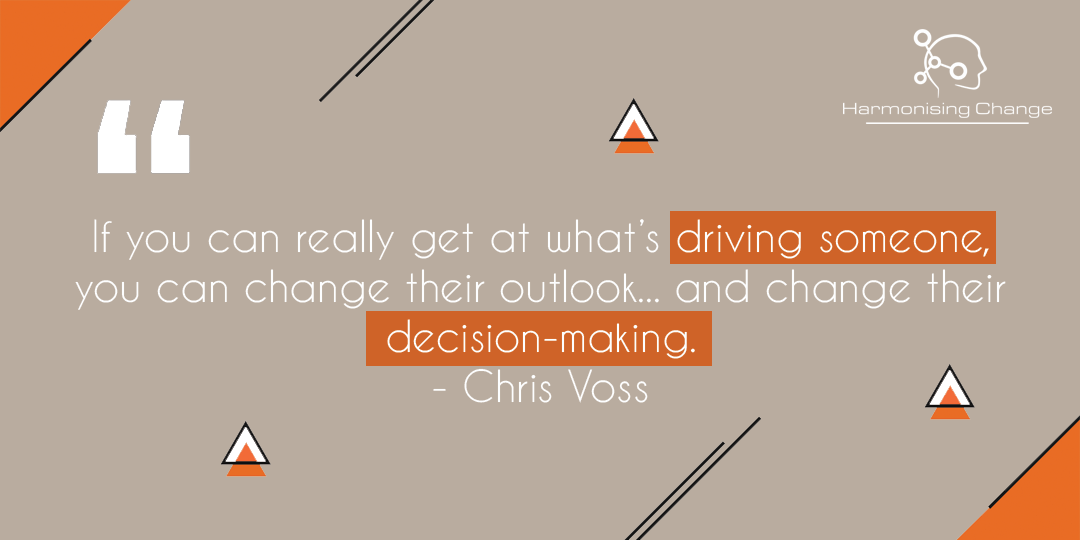
Navigating Change Successfully: A Deep Dive into Kotter’s 8-Step Process
In today’s fast-paced business world, change is the only constant. Technological advancements, globalisation, and shifting consumer preferences demand that organisations adapt quickly to stay competitive. Effective change management is crucial for navigating this dynamic environment. John Kotter’s 8-Step Process offers a comprehensive guide to leading successful change, helping organisations transform challenges into opportunities.
Understanding the Need for a Systematic Approach
Managing change is not without its challenges. Organisations often face resistance, lack of leadership support, unclear objectives, poor communication, cultural barriers, and resource constraints. A structured process, like Kotter’s 8-Step Process, is essential for overcoming these obstacles.
Kotter, introduced an 8-step process for leading change, which serves as a comprehensive guide for organisations facing transformational challenges. This process provides a systematic framework to initiate, implement, and sustain change initiatives. Each step addresses key aspects of change management, including creating a sense of urgency, forming a guiding coalition, developing a vision and strategy, communicating the change vision, empowering broad-based action, generating short-term wins, consolidating gains, and producing more change, and anchoring new approaches in the culture.
With decades of research and consulting experience, Kotter offers insights into the dynamics of change and effective strategies for managing it. His widely recognised framework emphasises the importance of proactive leadership, stakeholder engagement, and iterative learning, providing organisations with a roadmap for driving successful change initiatives.
Kotter’s 8-Step Change Model stands out for several reasons, making it a popular choice for organisations navigating transformation. Firstly, its simplicity offers a clear and easy-to-follow roadmap for change, ensuring that everyone involved understands the process. Secondly, it’s grounded in extensive research on change management, providing a robust foundation for its effectiveness. Importantly, it addresses all facets of change, from cultural shifts to operational adjustments, ensuring comprehensive coverage. Moreover, Kotter’s model prioritises employee buy-in and communication, recognising their pivotal role in successful change implementation. Lastly, the abundance of supporting documentation and guides accompanying the model offers practical assistance, making it accessible and actionable for organisations of all sizes.
Kotter’s 8-Step Change Model
Step 1: Create a Sense of Urgency
The first step in Kotter’s process involves creating a compelling case for change. By highlighting the need for action and the consequences of inaction, organisations can instil a sense of urgency among stakeholders. This urgency serves as a catalyst for driving momentum and commitment towards change initiatives.
Creating a sense of urgency is vital to kick-starting the change process. It compels action by highlighting the necessity for change and aligning efforts towards a common goal.
Practical Action Points:
- Use market data and industry trends to present a compelling case for change.
- Highlight potential risks of not changing, such as losing market share or becoming obsolete.
- Share success stories of competitors or other industries to illustrate the benefits of acting swiftly.
- Communicate consistently across all levels to ensure everyone understands the urgency.
Real-World Example:
Nokia shifted from a hardware-centric company to a software-focused entity by using market data and future trends to create a compelling case for change.
Step 2: Build a Guiding Coalition
Strong leadership support is essential for the success of change efforts. Building a coalition of influential leaders and stakeholders helps align efforts, foster collaboration, and drive change from within the organisation. This guiding coalition serves as a unified force to champion the change initiative and overcome resistance. A diverse coalition of leaders and influencers can champion the change, build trust, and drive collaboration.
Practical Action Points:
- Identify and recruit influential leaders from different levels and departments.
- Ensure coalition members are aligned with the vision and goals of the change.
- Foster a sense of collective ownership and commitment among coalition members.
- Provide regular updates and opportunities for the coalition to collaborate.
Real-World Example:
IBM assembled a guiding coalition of top executives to steer the company through its transition from hardware to services.
Step 3: Form a Strategic Vision and Initiatives
A clear and compelling vision provides direction and purpose for the change effort. Leaders must articulate a vision for the future and define actionable initiatives that support this vision. This strategic clarity helps align efforts, mobilise resources, and guide decision-making throughout the change process.
Practical Action Points:
- Develop a clear and compelling vision statement.
- Define specific, measurable goals and objectives that support the vision.
- Communicate the vision and goals clearly and frequently.
- Align initiatives with the overall vision to ensure coherence.
Real-World Example:
Starbucks revitalised its brand with a vision centred around customer experience and quality, guiding strategic initiatives like store redesigns and improved employee training.
Step 4: Enlist a Volunteer Army
Broad employee involvement is critical for driving successful change. By enlisting employees as change agents, organisations can harness their creativity, expertise, and commitment to drive meaningful transformation. This “volunteer army” helps generate buy-in, foster ownership, and drive change at all levels of the organisation.
Practical Action Points:
- Encourage employees to participate in change initiatives by highlighting their value and potential impact.
- Provide platforms for employees to share ideas and feedback.
- Recognise and reward employees who actively contribute to the change.
- Foster a culture of collaboration and inclusivity.
Real-World Example:
Google’s 20% time policy allowed employees to dedicate time to innovative projects, generating successful products like Gmail and Google Maps.
Step 5: Enable Action by Removing Barriers
Identifying and eliminating obstacles is essential for empowering employees to take action. By addressing barriers such as outdated processes, resource constraints, or cultural norms, organisations create an environment conducive to change. This enables employees to overcome challenges and drive progress towards the desired outcomes.
Practical Action Points:
- Conduct a thorough analysis to identify potential barriers to change.
- Provide the necessary tools, resources, and support to overcome these obstacles.
- Encourage open communication and collaboration to address challenges.
- Recognise and reward problem-solving and proactive behaviour.
Real-World Example:
Microsoft removed silos and promoted a collaborative environment under CEO Satya Nadella, enabling effective innovation and change.
Step 6: Generate Short-Term Wins
Celebrating early successes is crucial for maintaining momentum and building confidence in the change effort. By focusing on achievable short-term goals, organisations can demonstrate progress and validate the effectiveness of the change initiative. These early wins help sustain motivation and commitment among stakeholders.
Practical Action Points:
- Identify and focus on achievable short-term goals.
- Celebrate and communicate early successes to build confidence and motivation.
- Use short-term wins to validate the change initiative and gain further support.
- Provide tangible rewards and recognition for achievements.
Real-World Example:
GE’s transformation under Jack Welch focused on quick wins by restructuring and divesting underperforming businesses, motivating the organisation to continue its transformation.
Step 7: Sustain Acceleration
Sustaining momentum is essential for achieving long-term success. Organisations must maintain focus, adapt to evolving challenges, and celebrate achievements along the way. By setting intermediate goals, empowering employees, and fostering a culture of continuous improvement, organisations can sustain acceleration towards their goals.
Practical Action Points:
- Maintain open and transparent communication channels.
- Set intermediate goals and celebrate achievements to maintain morale.
- Empower employees to take ownership and contribute to ongoing change.
- Foster a culture of continuous improvement and adaptability.
Real-World Example:
Adobe maintained focus on its subscription model transition by setting intermediate goals and continuously communicating progress.
Step 8: Institute Change
Embedding change into the organisational culture ensures its long-term sustainability. This involves aligning systems, processes, and policies with the desired behaviours and values, providing ongoing support and training, and recognising and rewarding behaviours that reinforce the change. By institutionalising change, organisations ensure that new practices become ingrained in the fabric of the organisation.
Practical Action Points:
- Ensure leadership models the desired behaviours and values.
- Align organisational systems, processes, and policies with the new cultural norms.
- Provide ongoing training and support to reinforce new practices.
- Recognise and reward behaviours that align with the desired change.
Real-World Example:
Toyota’s commitment to continuous improvement, or Kaizen, is ingrained in its culture, ensuring new practices become part of the company’s DNA.
Kotter’s 8-Step Process provides a holistic and sequential framework for navigating complex change initiatives effectively. By following these steps, organisations can overcome resistance, maintain momentum, and achieve successful outcomes. Embrace these principles to guide your change initiatives and stay tuned for more insights in our upcoming Change Management Strategy Series, where we’ll explore practical strategies for driving change in today’s dynamic business landscape.
Contact Harmonising Change here.



